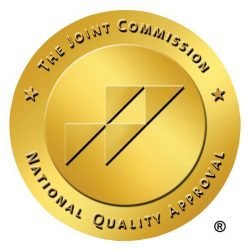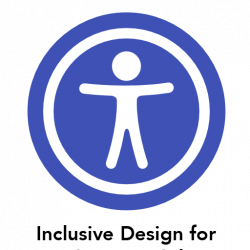One of the central tenets that can underlay the develop and maintenance of an eating disorder is a pervasive sense of shame. Shame can be described as the belief that one’s self is fundamentally flawed or damaged. According to John Bradshaw, a prolific author on shame and its effect on mental illness, “to be shame bound means that whenever you feel any feeling, need or drive, you immediately feel ashamed. The dynamic core of your human life is grounded in your feelings, needs and drives. When these are bound by shame, you are shamed to the core.” A shame based person will guard against exposing his/her inner self to others as well as themselves believing that either they do not deserve to share their internal experience or they will somehow contaminate others with their fundamental flaws. The self becomes an object of contempt that cannot be trusted.
Shame can develop early in a persons life according to Bradshaw. Shame can be transmitted to children from primary care-givers through attachment deficits, neglect, trauma, abandonment or shame bound family systems. An example is the belief “their must be something wrong with me because my mother could not love me the way I needed to be loved. ” Another example would be crushing a child’s natural sense of autonomy and curiosity by imposing the adults own anger, judgement or rigidity onto the child.
If you have ever worked with clients with eating disorders most will discuss an inherent lack of sense of self worth or shame. As you help clients identify their core beliefs that underlay the eating disorder, many will identify core beliefs such as “I am not deserving of food” or “I have to stuff the shame through binging” or “I must rid myself of who I am, and so I purge.” This sense of shame certainly can also effect body image, as the body becomes the object of hatred. During the development of the eating disorder the body became the safe outlet in which to direct one’s shame.
Addressing shame is central to Alsana Treatment Centers philosophy of treatment. We believe that we must help our clients begin to talk about shame, begin to explore the origins of their shame and then dismantle these cognitive distortions. We must help them see what messages and beliefs are not there own, heal attachment trauma and help them see the body as a resource not an object of hatred. By addressing unresolved shame bound beliefs, we can get at the root of the fundamental underpinnings of the eating disorder and negative body image. While we also believe in the bio-psycho-social model of eating disorder development, we understand that treatment cannot change a clients temperament or genetics. We can, however, help them and their families heal from the shame bound belief systems that often plague clients with eating disorders. This is our goal, to help clients with eating disorders transform their lives.
Blog post written by:




